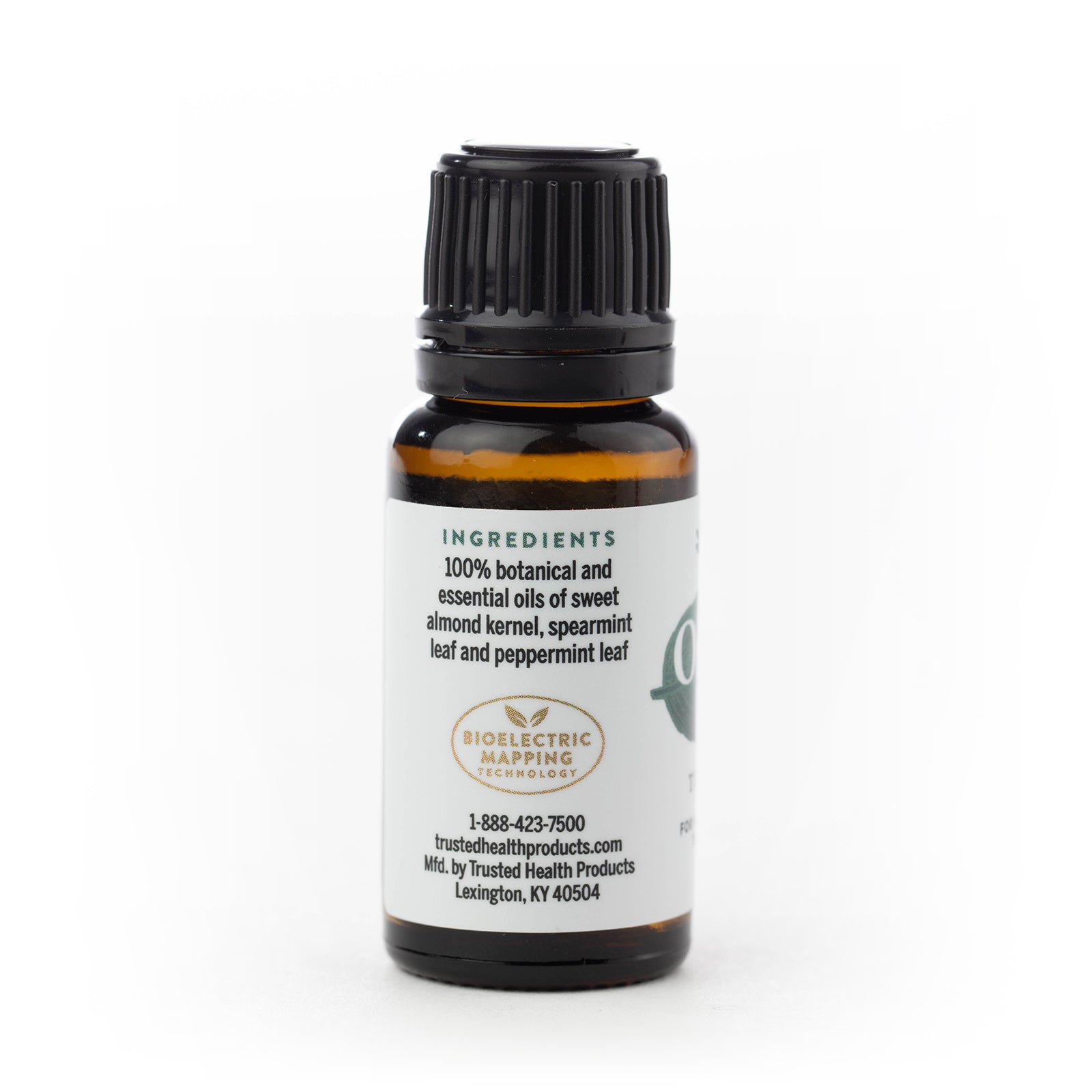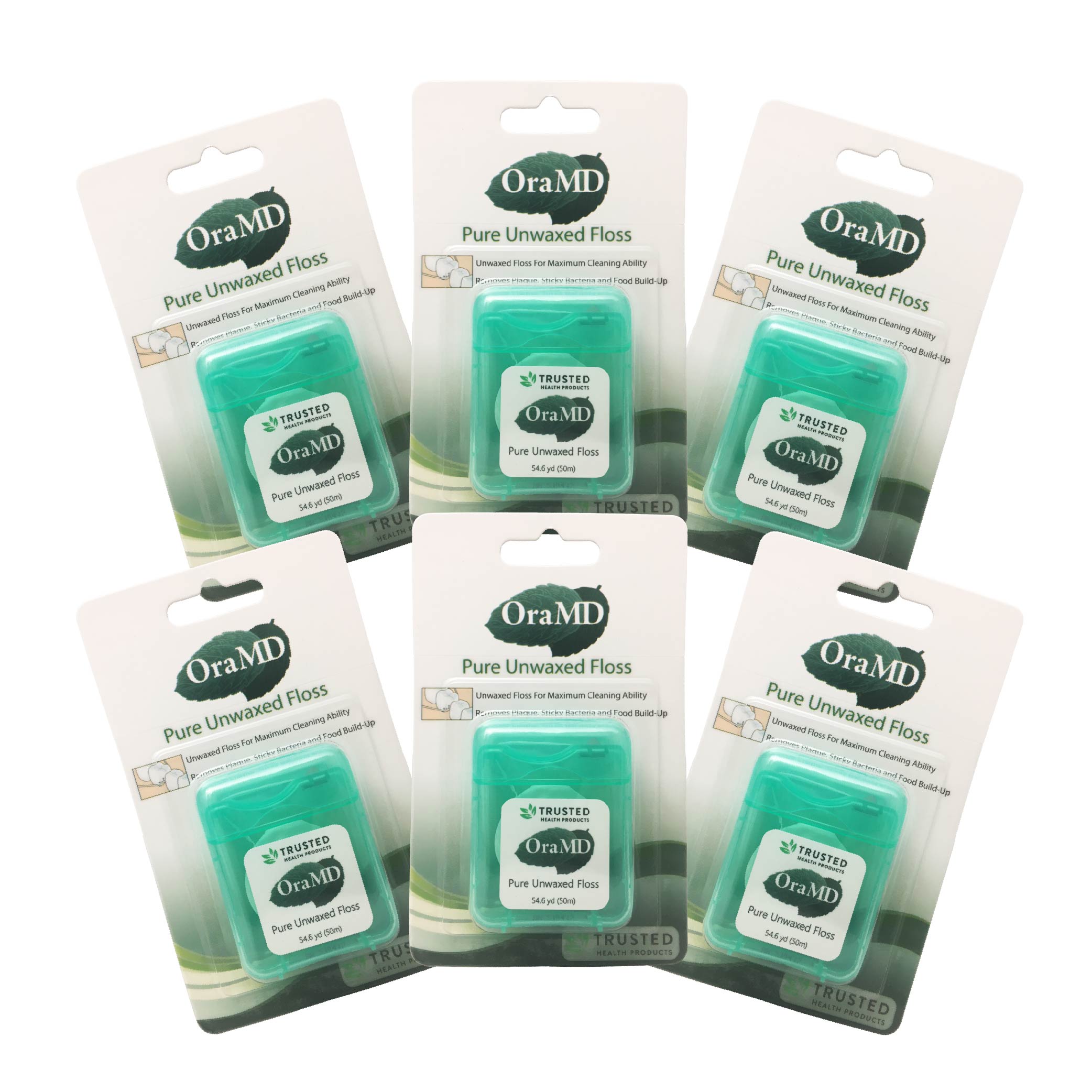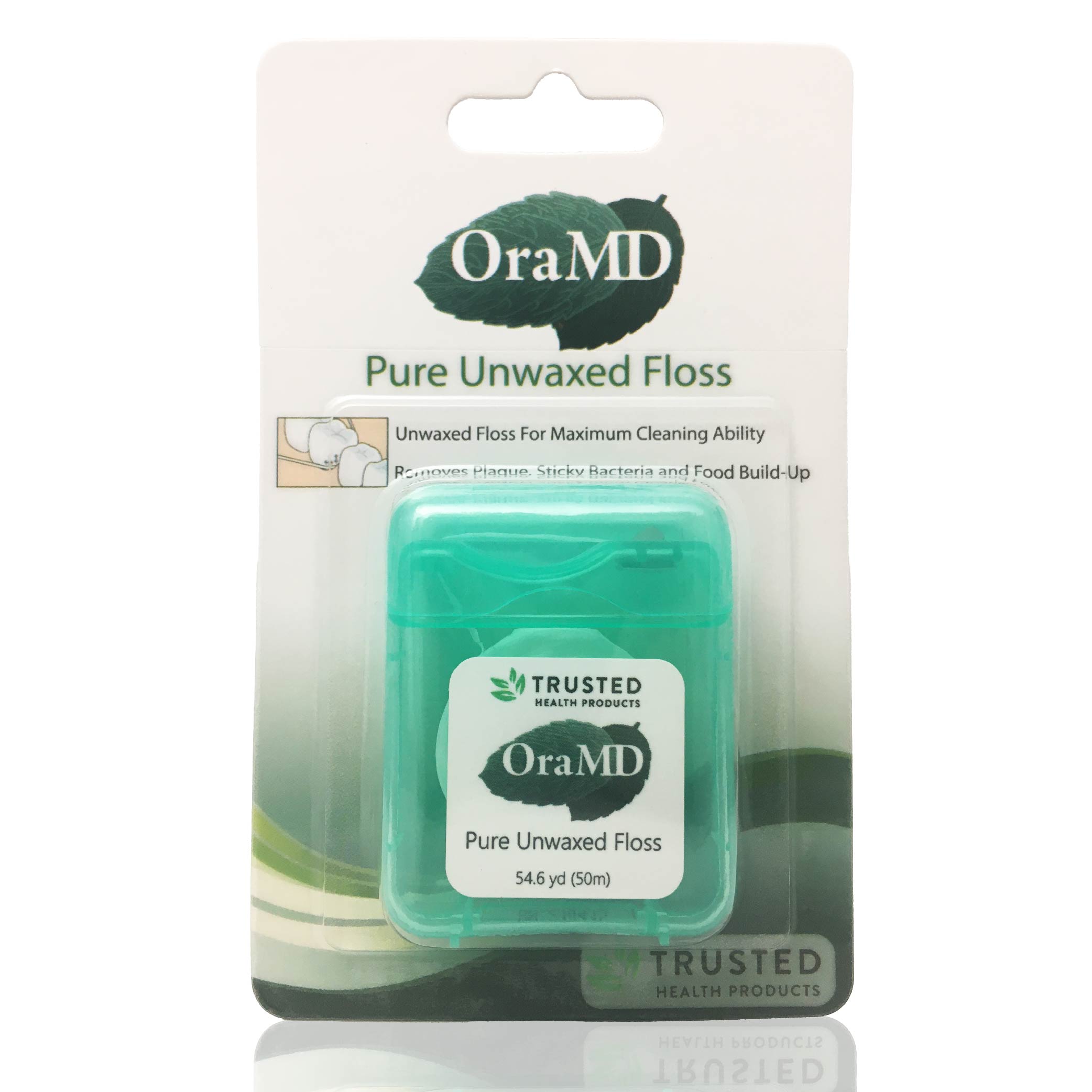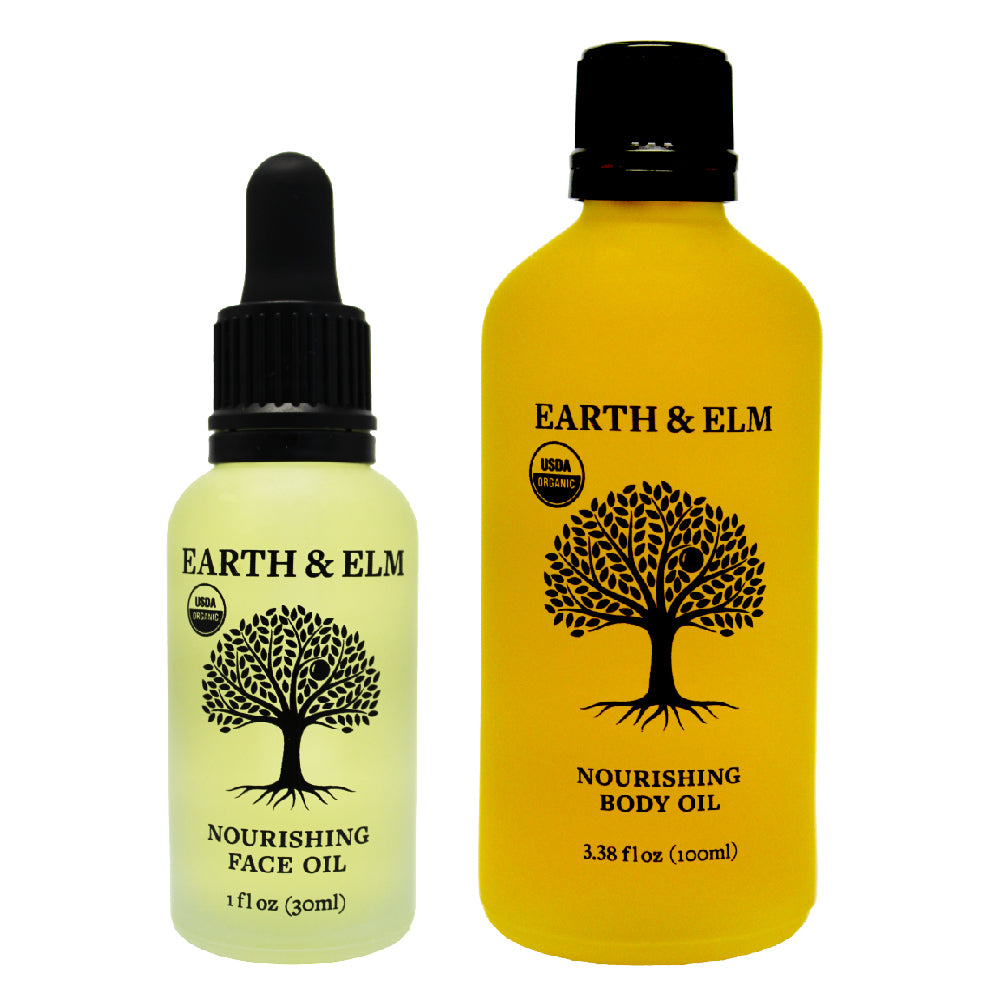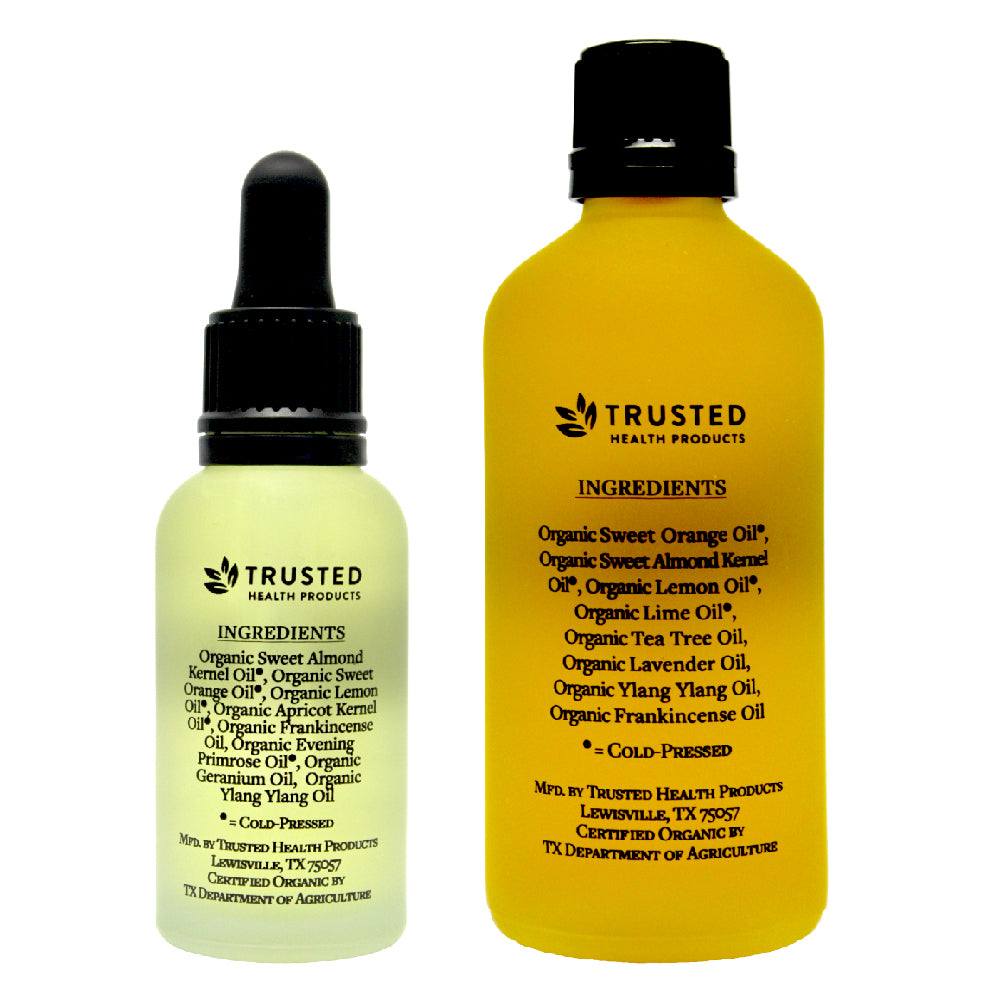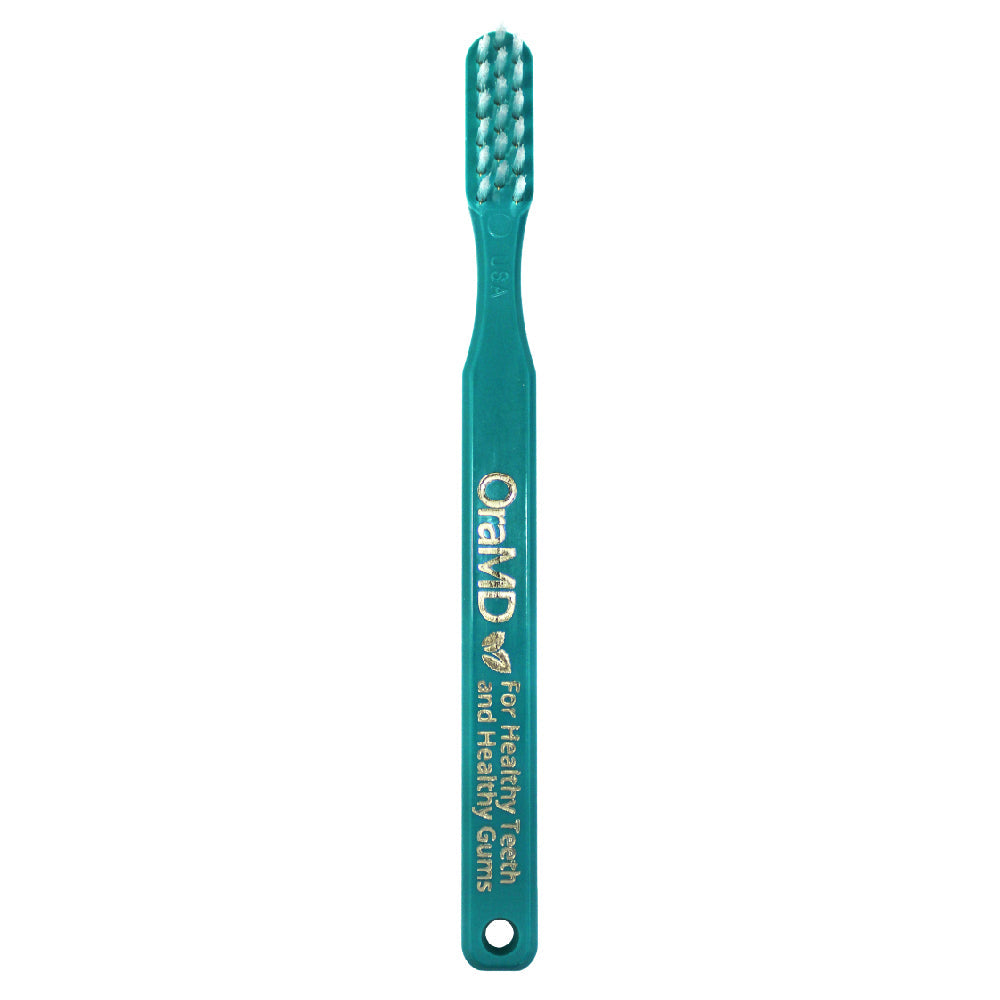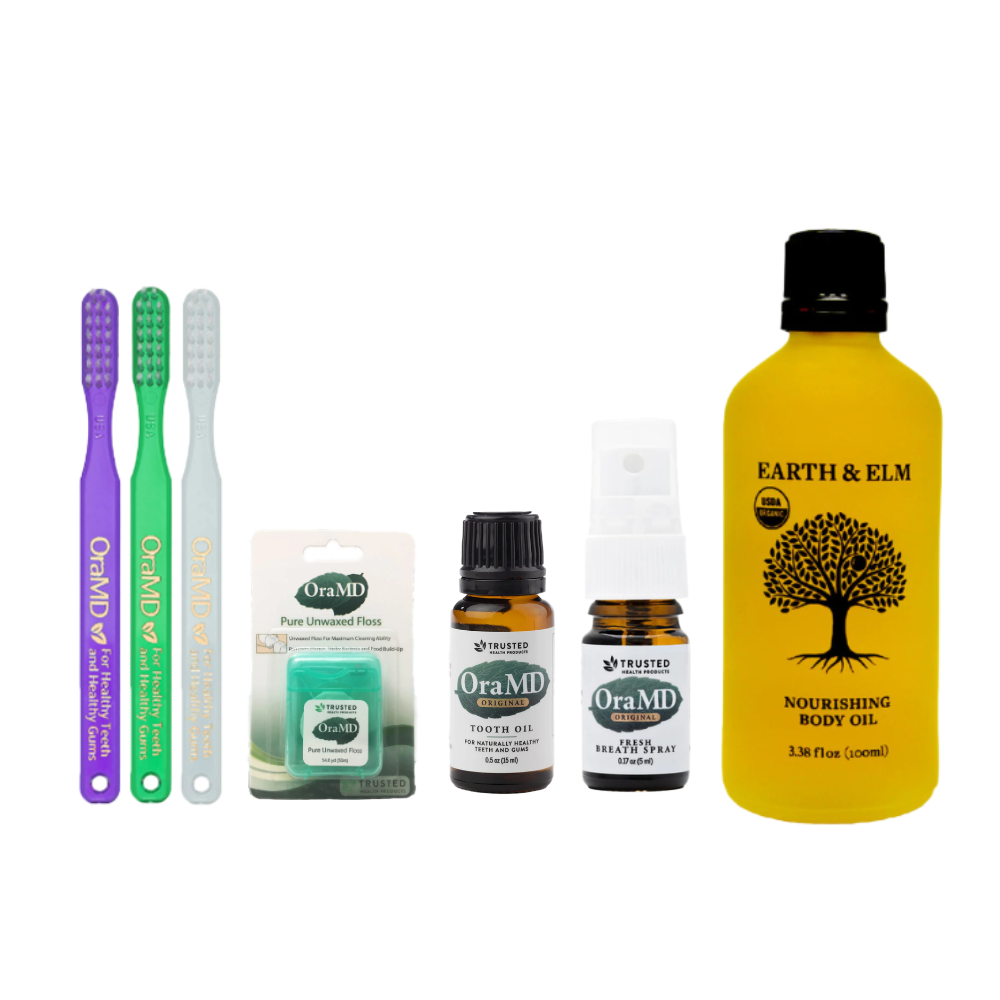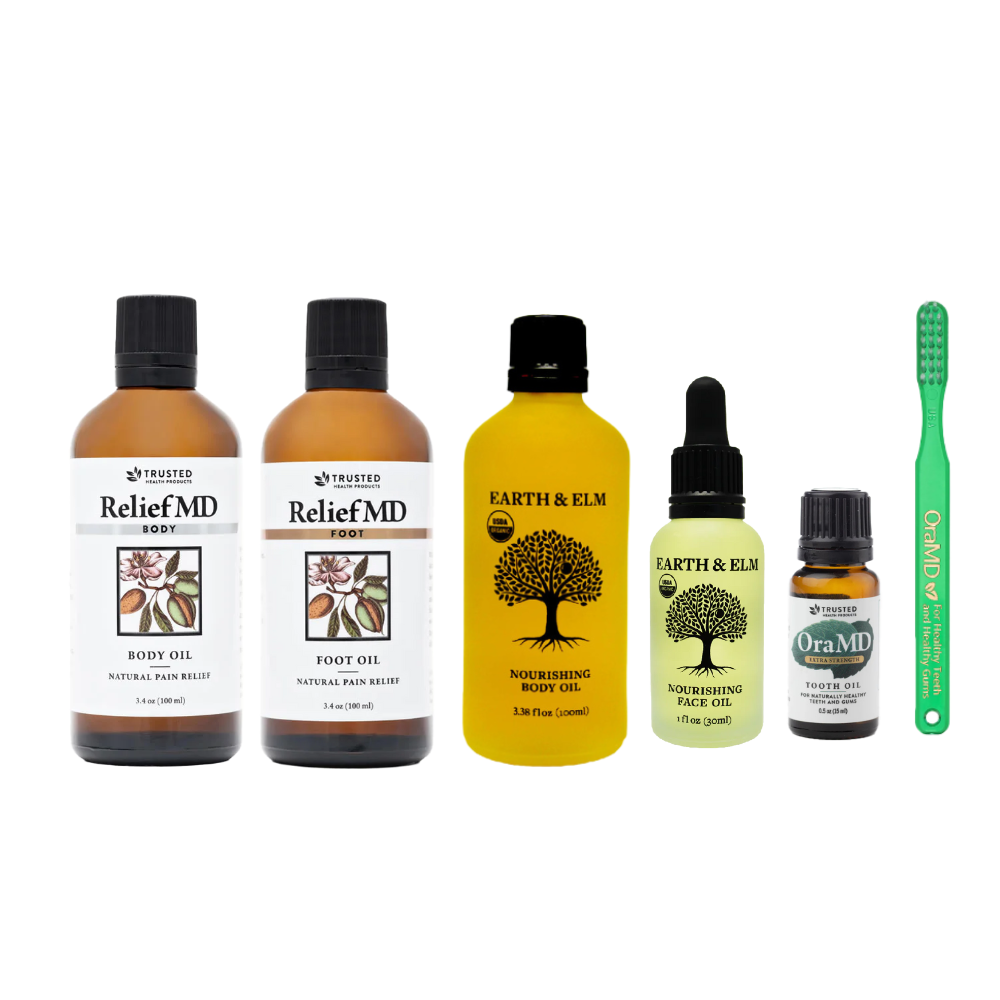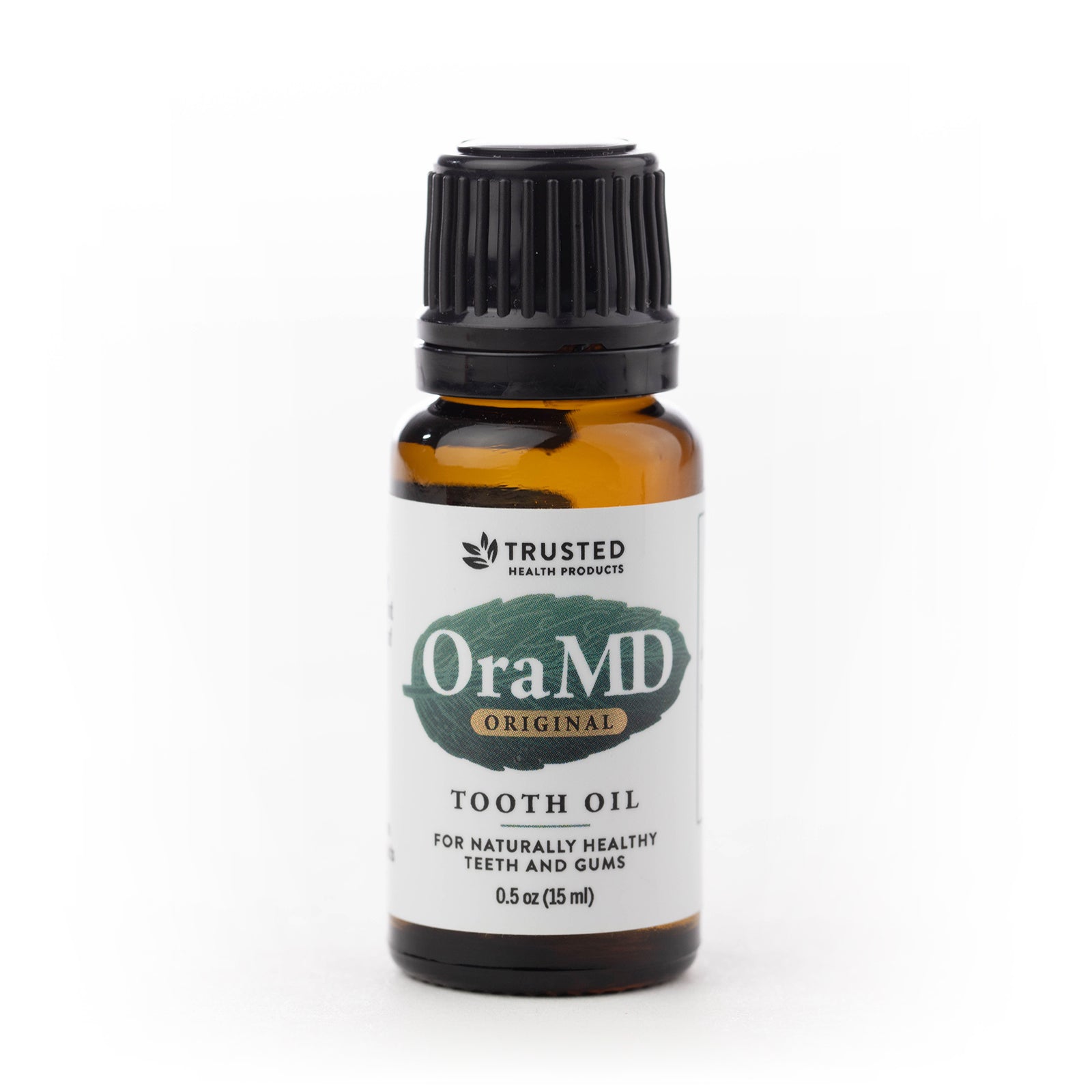10 Sweeteners, Preservatives And Chemical Additives You Should Avoid
October 21, 2018
Author: Kenneth Melicado
Tags:
Watch Out For These Additives
Aspartame It is an artificial, non-saccharide sweetener used as a sugar substitute in some foods and beverages and will turn up in light or low-cal, diet soft drinks, teas and juice drinks, kids vitamins, liquid cold drugs and other pharmaceuticals, chewing gum, cereal, and sugar-free candies. Aspartame has never been proven to be a safe food additive, and is, in fact, considered by experts to be in a class of ingredients called excitotoxins that can literally excite brain cells to death, especially in children and the elderly. Foods containing this artificial sweetener must also bear a warning that the item contains phenylalanine for those with a disorder called PKU. Studies have connected it to the development of brain tumors in rodents and grand mal seizures in monkeys. Thousands of aspartame-related health complaints, from migraines to memory loss to dizziness to vision problems, have been reported to the FDA.
High Fructose Corn Syrup also referred to as HFCS comprises any group of corn syrups that has undergone enzymatic processing to convert some of its glucose into fructose to produce a desired sweetness. Health concerns have been raised about HFCS, which allege contribution to obesity, cardiovascular disease, diabetes, and non-alcoholic fatty liver disease. Critics of the extensive use of HFCS in food sweetening argue that the highly processed substance is more harmful to humans than regular sugar, contributing to weight gain by affecting normal appetite functions.
Artificial colors food colorings or color additives are any dye, pigment or substance that imparts color when it is added to food or drink. They're made from coal tar and petroleum extracts and come in many forms consisting of liquids, powders, gels and pastes, and are present in many cereals, cakes, candy, bakery products, drinks, juice drinks, vitamins and pharmaceuticals. Due to its safety and general availability, food coloring is also used in a variety of non-food applications including cosmetics, pharmaceuticals, home craft projects and medical devices. Artificial colors are widely acknowledged to cause hyperactivity and behavioral problems in some children. Some, such as Red #3, have been shown to cause cancer in laboratory animals, but are still allowed to be used in foods.
Trans Fats Any food products containing partially hydrogenated oil contain trans fats regardless of a zero trans fats listing on the nutrition facts label. These can include bakery items, pizza, dough, pies, cakes and cookies, snack foods and frozen meals. Trans fats increase LDL, or bad cholesterol, and decrease good HDL cholesterol. People with high blood levels of trans fats appear to have a greater risk of developing certain cancers. Some research has even linked them to a higher risk of Alzheimer's. All health authorities, including government agencies such as the Centers for Disease Control and Prevention, are in agreement that trans fats cause heart disease and that cutting them out of our diet could prevent thousands of heart attacks and deaths from coronary disease each year.
Monosodium Glutamate also known as sodium glutamate or MSG is the sodium salt of glutamic acid, one of the most abundant, naturally occurring, non-essential amino acids. You will find monosodium glutamate as well as hydrolyzed protein and autolyzed yeast all known as excitoxins - in soups, broth, flavoring additives, chips, dips, soup mixes, ramen noodles, frozen meals, snack mixes, canned fish, and a wide variety of other dishes including natural, vegetarian, and organic ones. These are all toxic substances containing processed glutamic acid that can kill brain cells. They are especially harmful to kids, the elderly and developing fetuses. Adverse reactions to these additives include everything from skin rashes and asthma attacks to mood swings, upset stomach, migraines, heart irregularities and seizures even potentially fatal anaphylactic shock.
Hydrolyzed protein is protein that has been hydrolyzed or broken down into its component amino acids. While there are many means of achieving this, two of the most common are prolonged boiling in a strong acid (acid-HVP) or strong base or using an enzyme such as the pancreatic protease enzyme to stimulate the naturally occurring hydrolytic process. Protein hydrolysis can be used to modify the allergenic properties of infant formula.
Autolyzed yeast Yeast extract contains an amount of naturally occurring glutamic acid or monosodium glutamate. This is produced from an acid-base fermentation cycle and is only found in some yeasts, typically ones bred for use in baking. Many food producers have replaced monosodium glutamate with yeast extract, which is cheaper, requires no E-number labeling, and allows food producers to claim their product is all natural or with natural flavorings. Health proponents claim this is a subversive move by the industry to hide an additive since the MSG contained within the yeast extract does not require explicit labeling.
Potassium bromate - is typically used as a flour improver, strengthening the dough and allowing higher rising. It is an oxidizing agent, and under the right conditions, will be completely used up in the baking of bread. However, if too much is added, or if the bread is not baked long enough or not at a high enough temperature, then a residual amount will remain, which may be harmful if consumed. Potassium bromate is produced by passing bromine into a solution of potassium hydroxide, and an industrial electrolytic process is used for large-scale production. Alternatively, it can be created as a by-product of potassium bromide production by absorption of bromine from ocean water into potassium carbonate. Potassium bromate has been known for over three decades to cause cancer in laboratory animals and has been banned from use in food products in China, Canada, Nigeria, Brazil, Peru and other countries, but has not been banned in the United States. The FDA sanctioned the use of bromate before the Delaney clause of the Food, Drug, and Cosmetic Act, which bans potentially carcinogenic substances, went into effect in 1958, so it is more difficult for it to now be banned. Instead, since 1991 the FDA has urged bakers to voluntarily stop using it. In California a warning label is required when bromated flour is used.
BHA and BHT This pair of preservatives turns up in many breakfast cereals as well as snack foods, chewing gum, pies, cakes and processed meats. Made from coal tar or petroleum, BHA and BHT have been of concern for decades. Over 30 years ago studies found that after pregnant mice were fed BHT and BHA, their offspring were born with altered brain chemistry. BHA butylated hydroxyyanisole is a waxy solid used as a food additive with the E number E320 and the primary use is as an antioxidant and preservative in food, food packaging, animal feed, cosmetics, rubber, and petroleum products. It is considered a possible carcinogen by the World Health Organization and listed as a carcinogen in California. BHT butylated hydroxytoluene is a fat-soluble organic compound, chemically a derivative of phenol, that is useful for its antioxidant properties. While there may be some dispute to BHTs use in the human diet, the chemical is widely used in industry wherever oxidation in fluids such as fuel, oil and other materials must be treated, and free radicals must be kept in-check. European and U.S. regulations allow small percentages to be used as a food additive. There is research that links to child hyperactivity as well as to cancer, and conversely, BHT is advocated as a diet supplement and antiviral useful against herpes family viruses.
Brominated vegetable oil or BVO is vegetable oil that has had atoms of the element bromine bonded to it. Brominated vegetable oil is used to stabilize citrus-flavored soft drinks and has been used by the soft drink industry since 1931. It is found in some Gatorade products, Mountain Dew and other drinks containing citrus flavorings and its high density helps the droplets of natural fat-soluble citrus flavors stay suspended in the drink. BVO builds up in fatty tissue and has been shown to cause heart damage in research animals. Its banned in Europe, India and Japan and has never been declared safe by the FDA, where its status has remained in limbo for over 30 years. The United States Food and Drug Administration considers BVO to be safe for use as a food additive. BVO is one of four substances that the U.S. Food and Drug Administration has defined as interim food additives; the other three are acrylonitrile copolymers, mannitol, and saccharin.
Harmful food additives can contribute to many serious medical conditions that include diabetes, obesity and heart disease, says Harvard M.D., Dr. Eva Selhub. Eliminating these top 10 additives from your diet is an excellent start to healthier eating.
This project is a great way to help people gain a better understanding about the foods they eat and recognize ingredients used as preservatives to determine, at least in part, the extent to which their food is processed, says Gina M. Crome, registered dietitian and ACE-certified personal trainer. Although a number of additives on the list are generally recognized as safe by the FDA, this determination is based only on current scientific research. Food additive risks cant be completely eliminated as new data becomes available. The best defense against potential risk begins with educational awareness activities such as this program. Consumers may also want to consider increasing their intake of fresh, whole foods that are as close to their natural state as possible.
Subscribe to our Trusted Health Club newsletter for more information about natural living tips, natural health, oral health and skincare. If you are looking for more health resources make sure to check out the Trusted Health Resources list.
Reviewed By:
Founder Ray Spotts has a passion for all things natural and has made a life study of nature as it relates to health and well-being. Ray became a forerunner bringing products to market that are extraordinarily effective and free from potentially harmful chemicals and additives. For this reason Ray formed Trusted Health Products, a company you can trust for clean, effective, and healthy products. Ray is an organic gardener, likes fishing, hiking, and teaching and mentoring people to start new businesses. You can get his book for free, “How To Succeed In Business Based On God’s Word,” at www.rayspotts.com.









